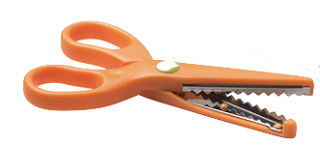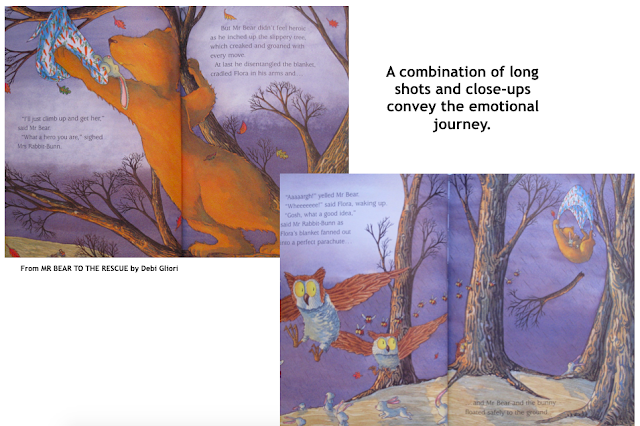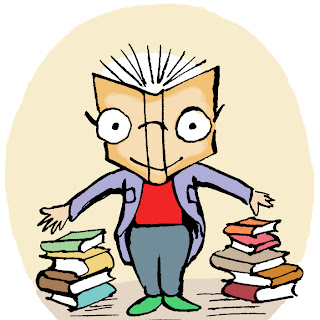PICTURE BOOK FOCUS Is Your MS Ready?
 |
How do you know when your picture book manuscript is at the right stage to send out to agents and editors? Natascha Biebow spells it out.
You’ve revised your story text to within an inch of its life ... Your opening will grab the reader, your characters are strong, their motivation is solid, the plot is a page-turner, and the ending comes full circle, resolving the conflict in a satisfying way.
Now you’re wondering: is it ready to send out to agents and editors?
 |
| Stop Dog by Kai |
A dummy book is a 32-page mock-up
of your picture book.
WHY should you do this?
Reading a picture book is a physical experience. As you turn the pages, the action unfolds in words and pictures. Be sure to check it’s the best it could possibly be BEFORE you submit. Here’s how:
1. MAKE A DUMMY
Take eight sheets of blank paper.Cut them in half, either vertically or horizontally, depending on whether you want to make a landscape or portrait book.
Staple the pieces along one edge.
To save paper, you can also use four sheets, folded in half and cut.
Number the pages sequentially from 1 to 32.
 |
| Example of a dummy book |
 |
| Handy stickies for moving stuff around. |
TIP: use Stickies or ‘magic’ tape so that
you can move things around easily and experiment with changes.
2. ASK SOME QUESTIONS
• Does your story fit comfortably into 32
pages?
• 5% rule: check that by the time the
reader has read the first three pages, they know what the story is about and what
the problem is, and they have an incentive to keep turning the pages.
• check your pacing — are your page turns
in the right place? Do they keep the reader wanting to turn the page to find
out what will happen next? Do they advance the action?
• 75% rule: check that by the time the
reader has read 75% of the book, they will arrive at the climactic turning
point. Check there IS a climactic turning point!
REMEMBER: You can make the page turns
surprising and fun!
• Be sure all loose ends are tied up.
If something isn’t in the book to advance the plot, you should probably cut
it.
 |
| Don't be afraid to cut your manuscript! |
• Are there enough different and varied scenes
and images? Or are parts of the story too similar and bunched up together?
Should you move the page turns or cut something?
• If you’re illustrating, ask: Are the images
too samey? Do you need to vary vignettes and full-bleed scenes? Zoom in or zoom
out? Vary your perspectives? Flip the book around?
TIP: If you’re an illustrator, if you use a 'design device’ in one place — e.g. a panel or a particular vignette style — make
sure it’s used at least one other time in your layout.
 |
| From KRONG! By Gary Parsons |
3. READ IT ALOUD!
4. REVISE YOUR MANUSCRIPT.
5. SUBMIT!
If it sits in your bottom drawer, you will never know if it might land on the right editor or agent’s desk at the right time. Good luck!***************************************************************************************
Natascha Biebow is
an experienced editor, mentor and coach, who loves working with authors
and illustrators at all levels to help them to shape their stories. www.blueelephantstoryshaping.com
Check out the Cook Up a Picture Book Coaching Courses.
Natascha is also the author of The Crayon Man (coming in 2019!)
Natascha is also the author of The Crayon Man (coming in 2019!)


















Thank you Natascha, Awesome down-to-earth tips.
ReplyDelete